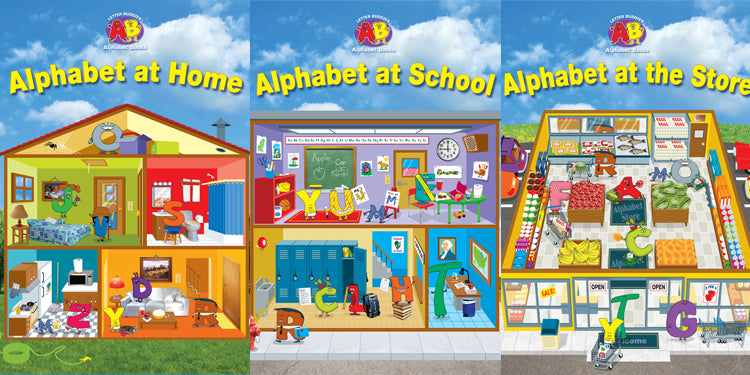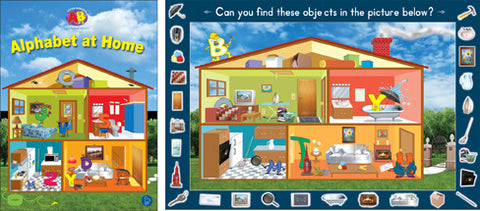The Common Core State Standards require students to be exposed to more complex text at earlier grades than previous standards required. One way to scaffold students to these more challenging reading levels is to make use of read-alouds and shared reading sessions.
Beginning in kindergarten, students are expected to "actively engage in group reading activities with purpose and understanding" (CCSS.ELA-Literacy.CCRA.R.10: K). Often in the form of read-alouds, these group reading activities may be some students' first contact with reading; sadly, not every family reads at home. As an introduction to literacy, read-alouds give children an example of what fluent reading sounds like, introduce them to new vocabulary, and familiarize them with the format of the genre being read (informational text, literature, etc.).
 Books chosen for read-alouds are generally at the uppermost, more challenging end of grade-level text. They should, at first, be slightly out of the ability range of the average student, giving them a first exposure to more challenging vocabulary and more complex sentence structure.
Books chosen for read-alouds are generally at the uppermost, more challenging end of grade-level text. They should, at first, be slightly out of the ability range of the average student, giving them a first exposure to more challenging vocabulary and more complex sentence structure.
For shared reading, the books used should be solidly at grade level. The example you set with your own reading, as the students follow along, provides the guidance they will need to read grade-level text with purpose and understanding (CCSS.ELA-Literacy.RF.1–5.4a).
Additionally, presenting students with information orally is a key requirement of preparing them to meet Listening Strand standards (CCSS.ELA-Literacy.CCRA.SL.2). In kindergarten through the second grade, there is particular emphasis placed on evaluating students' ability to absorb information imparted through read-alouds.
Big Books are a helpful prop for both types of group reading activities, as they give students something to focus on. For read-alouds, in which students are listening to the story but not reading along in their own handheld books, the large, visible words expose the students to the text, so that they will be more likely to recognize the words when they come across them on their own.
For shared reading, the visual cues provided by the Big Book especially aid struggling students, who may have lost their place—they can easily and discreetly identify which page the rest of the class is on and catch up to their peers. All students, including those who are performing at grade-level, will benefit from the example of fluent reading and the opportunity to match the text in front of their eyes with the words they hear, increasing familiarity and making connections.
Another way that Big Books can be helpful in the classroom is as a visual prompt for activities. If you have an informational text Big Book, you can ask students to point out the key informational text features, coming to the front of the class and interacting with the book in front of the other students (CCSS.ELA-Literacy.CCRA.R.5). Some Big Books even contain visual activities, such as our Letter Buddies Alphabet Lap Books, which feature an image search at the end. These activities allow children to work together in groups and opens the door to the type of collaborative conversation aimed for in the Speaking and Listening Strand (CCSS.ELA-Literacy.CCRA.SL.1).
In addition to the Alphabet Lap Books, we currently offer Big Book versions of our best-selling books from the Joy Cowley Collection, including books that feature perennial favorite Mrs. Wishy-Washy. These books, leveled E–I, are appropriate for read-alouds to students in the early first grade or shared reading with students in the mid-to-late first grade and early second grade. If you'd like to find out more about the Big Books we offer, you can visit the webpage by clicking here.





















































